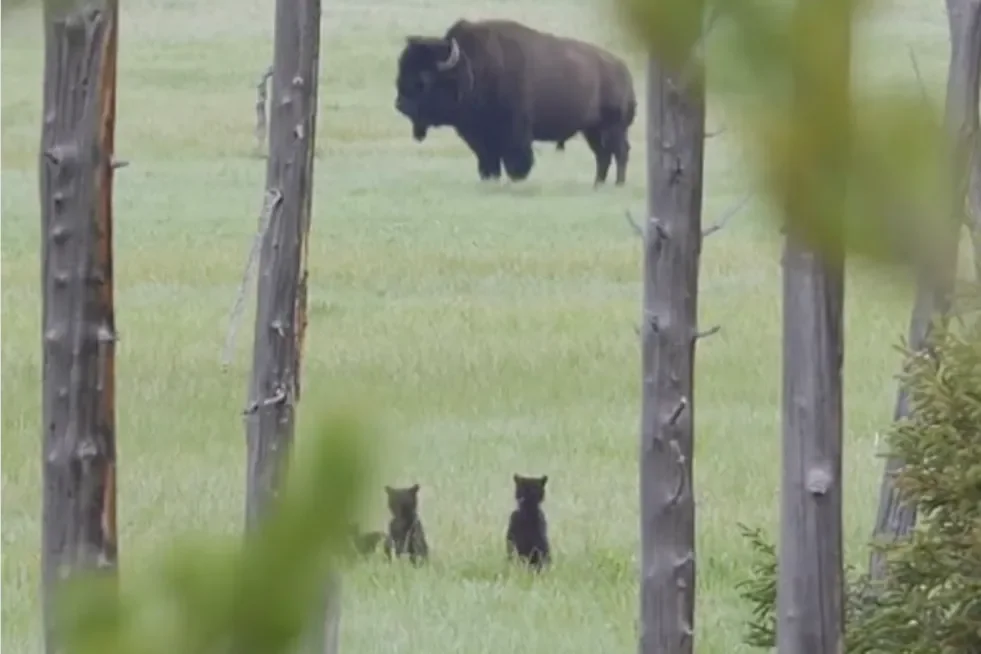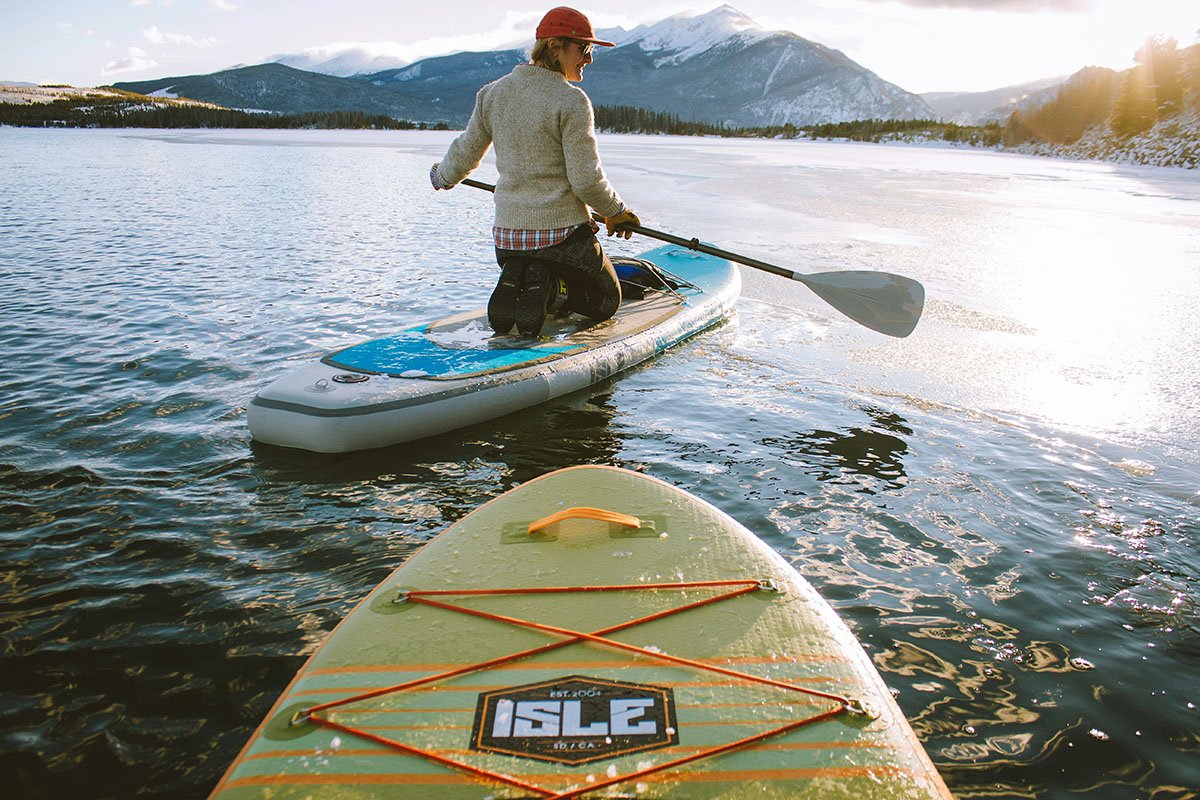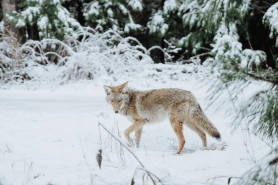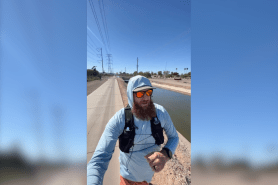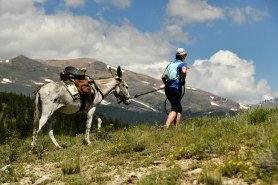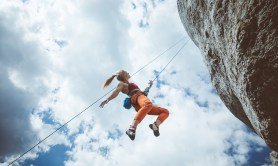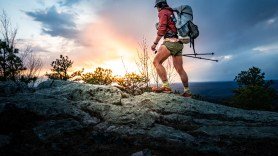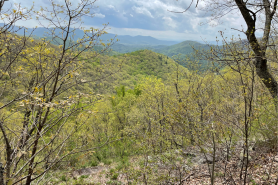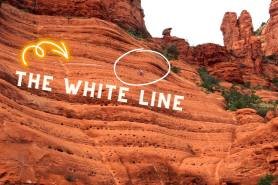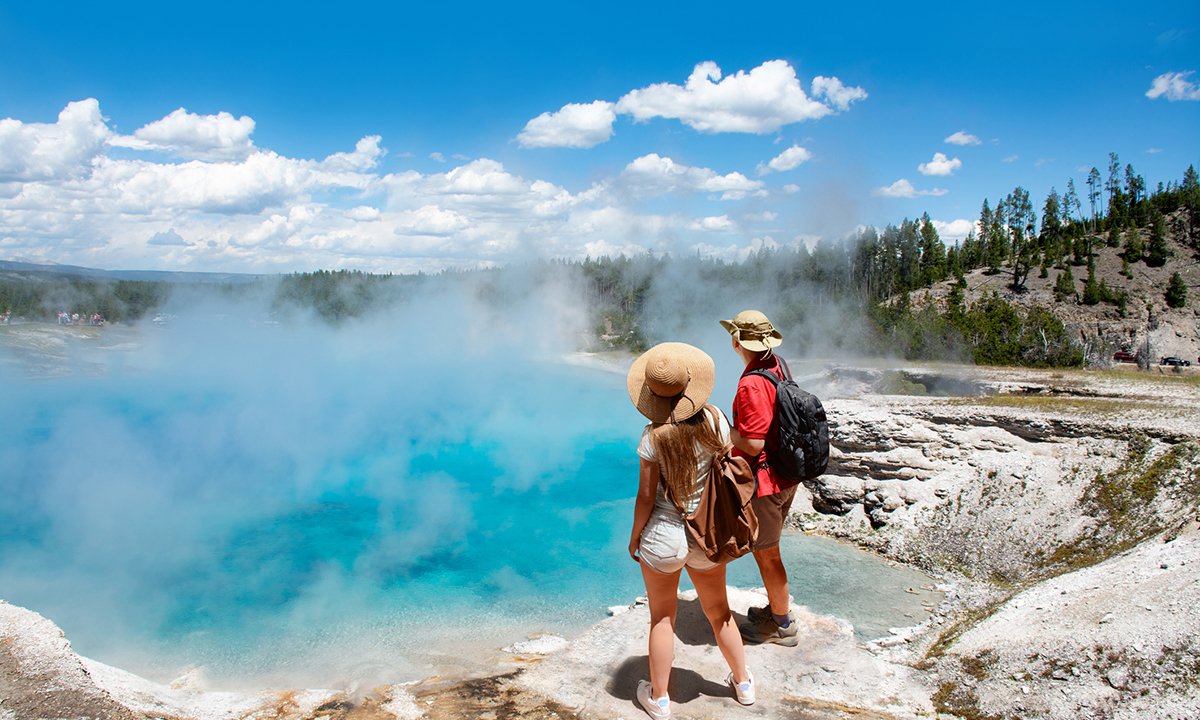

Grand Canyon National Park is home to thousands of species of wildlife, including mountain lions, rattlesnakes and scorpions, but they’re not the ones causing trouble.
“The highest rate of negative human-wildlife interaction is people attempting to feed squirrels,” says Joelle Baird, the Public Affairs Specialist for Grand Canyon National Park. “We have very friendly rock squirrels, and they’ll stop at nothing to get handouts from visitors. And unfortunately, they bite, and we see a lot of minor first aid calls related to squirrel bites here.”
Of course, the squirrels aren’t to blame. The problem is people visiting National Parks and not following proper rules and etiquette.
With another busy summer vacation starting, many National Parks are preparing for an increase in visitors. More people means an uptick in everything from trash and damaged wild spaces to emergency rescues.
Here’s a look at what guests to National Parks should remember when spending time outdoors.
Respecting Wildlife
This year, multiple incidents involving park visitors and wildlife have already occurred. Most notably, a man in Yellowstone National Park touching a bison calf. The herd later rejected the calf, leaving the animal to wander the park alone and was eventually euthanized. These incidents usually cause a public outcry, but it doesn’t prevent future guests from getting too close to wild animals for a photo opportunity.
“You need to keep your distance if you can,” says Baird on wildlife interactions. “Sometimes it is challenging when there’s wildlife like an elk, deer, or a big horn sheep right on the trail that you’re trying to go down, but give them time, give them space to move on by. Also, certainly never feed wildlife. That can create habituation and can ultimately lead to an animal being euthanized because it’s so accustomed to being fed by humans.”
The National Park website advises people to keep about 50 feet from small animals like birds, reptiles and the infamous rock squirrels while keeping 100 feet from larger wildlife like bison, elk and deer. Park officials say 100 feet is about the length of two school buses.
“This time of the year in certain parks, wildlife impacts are always an issue. People just getting too close,” says JD Tanner, the Director of Education and Training for Leave No Trace, an organization focused on ethics that protect natural spaces. “You see people trying to get selfies right up next to a big buffalo or an elk, and people need to remember those are wild animals, and they can change their behavior at any point and possibly hurt people.”
It’s important to remember even when following all the rules and protocols set in place, wild animals don’t necessarily follow them. A photographer in Great Smoky Mountain National Park learned that the hard way. Even while keeping his distance from a herd of elk, one animal approached the man, who was forced to get on the ground and shield his head until the elk finally lost interest.
“Here on the South Rim, we have elk and deer, and this time of year it’s elk calf season, and mother elk are quite defensive, especially if protecting their newborn calf,” says Baird on what they see in the Grand Canyon. “We encourage people to keep a safe distance away of at least a couple hundred feet.”
Staying Safe on Trail
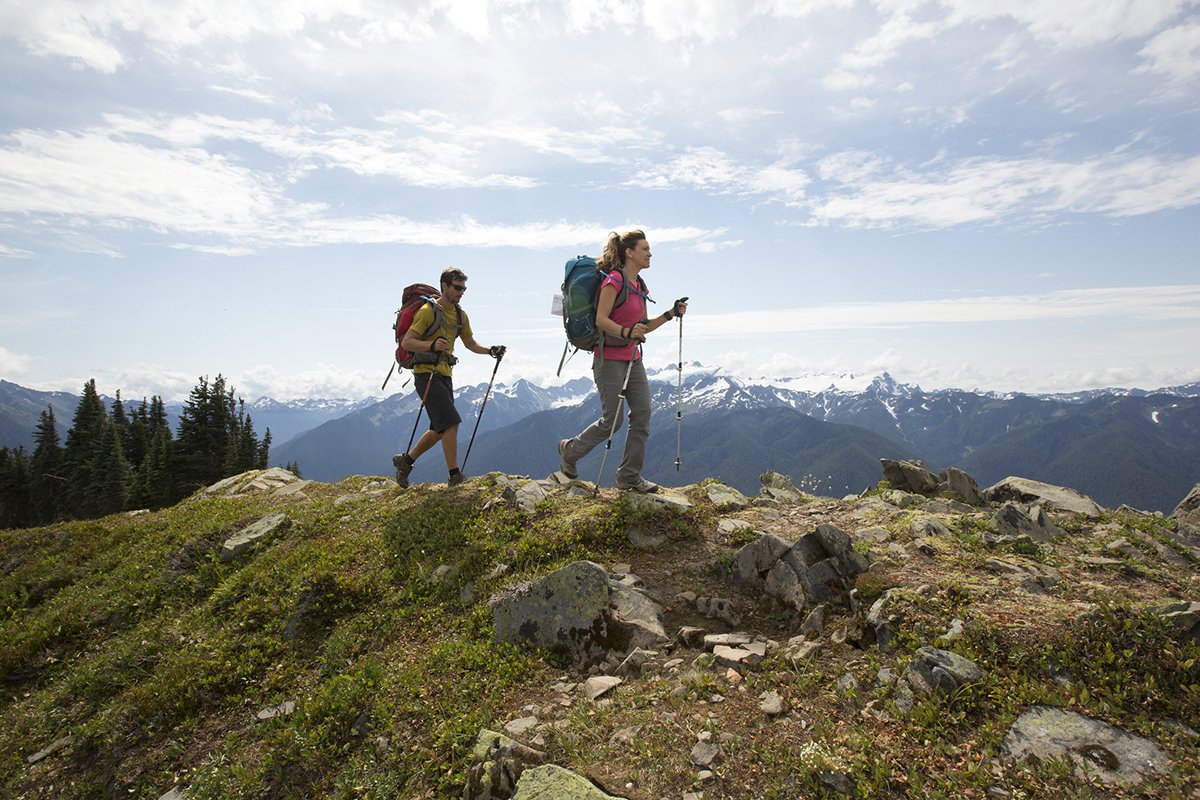
Your own safety is also something to keep in mind when visiting a park. Injuries and even deaths happen annually in these spaces. 2,000 people died in National Parks between 2014 and 2021. Many of these involved motor vehicle crashes, drownings and falls, but that’s not all.
Just this past April, a woman visiting the Grand Canyon suffered a medical emergency on a trail and died. The story made national headlines as a reminder that anything can happen when in the wilderness.
Specific safety measures can help reduce risks, starting with planning ahead.
“Training is key. The factors that are really hard to mimic from the Grand Canyon are obviously the elevation gain and loss. You’re talking about 5,000 vertical feet of gain and loss, in addition to the heat,” says Baird on advice for anyone planning a visit, especially hikers. “If people aren’t accustomed to exerting themselves in the heat, it can be a big red flag and lead to issues along the way.”
The Grand Canyon (along with 32 other National Parks) also sits 7,000 feet above sea level, which Baird says is another factor to keep in mind, especially for anyone not used to higher elevations.
While each park is different, it’s essential for hikers or anyone adventuring into the park to bring enough supplies, mainly water and food.
“What we see is usually people are bringing adequate amounts of water and are adequately hydrated. What we see less of is people bringing an adequate amount of food,” says Baird. “So, beyond just your snack bars and gels. You really need to balance fluid and water intake with real food and stop to take breaks along the way so your body has time to digest that food.”
Baird says this issue can lead to a dangerous condition called hyponatremia. Essentially, people drink too much water without enough sodium in their bloodstream, which could lead to weakness, fatigue, and even death. Situations like this force National Parks to call in their rescue teams.
With increased visitors in recent years to outdoor spaces, many National Parks have reported more rescues than ever, and Grand Canyon National Park tops that list.
Park officials also suggest bringing the right gear, especially a GPS and some sort of SOS device that allows for two-way communication, such as a Garmin inReach or SPOT device. This way, anyone needing rescue can share additional information on the situation to prepare rescue teams.
Wildfires are also on the top of everyone’s minds and should continue to be when spending any time outdoors. Many parks do not allow fires at all, but places that do, ask visitors to make sure their fire is completely extinguished before leaving the site or going to sleep.
“Of course, we’re all aware of forest fire impacts that continue to be an issue around the United States. Most research shows that about roughly 85 to 90% of those forest fires are human-caused,” says Tanner with LNT. “While not necessarily always recreation-related, but you know, there’s still a percentage of that that is recreation related. Whether it’s mismanaged campfires or thoughtlessly discarded cigarette butts along trails and roads through our parks.”
Finally, staying safe takes proper planning, and people should use local park rangers as a resource.
“There’s this false notion that you can keep going down, down, down (into the Grand Canyon), and then you wait until you’re tired to start coming back up,” says Baird. “Our park rangers really help in that regard to guide people to make the right decisions that are best for them based on their abilities and what they have with them.”
Keeping our Parks Clean
Being a good park visitor includes dealing with your own trash. Everyone wants to enjoy a National Park landscape that is unscathed.
“The most common issue is usually trash. Our parks are understaffed and underfunded. Sometimes it’s hard to keep trash and our recycling receptacles available and empty,” says Tanner with Leave No Trace. “When we talk about Leave No Trace and disposing of waste, we always encourage people to be prepared to pack everything out with you when you go to a park.”
Park officials have worked tirelessly on campaigns to make sure that happens. Providing resources like trash cans is not always possible in far corners of the wilderness. In these cases, park rangers expect people to pack garbage out.
“I think there are far less people descending into the Inner Canyon, so we see less trash there than you would on the rim out by popular viewpoints,” says Baird. “Our park has really had a rigorous approach to getting more trash receptacles out in high-use areas so that we are encouraging people to do the right thing.”
The Grand Canyon, like all National Parks, follows the Leave No Trace principles, which include:
- Plan Ahead and Prepare
- Travel and Camp on Durable Surfaces
- Dispose of Waste Properly
- Leave What You Find
- Minimize Campfire Impacts
- Respect Wildlife
- Be Considerate of Other Visitors
Whether visiting an international destination like the Grand Canyon, or a space more local, park officials hope visitors follow these steps to allow everyone to spend time outdoors and enjoy all our parks have to offer.
